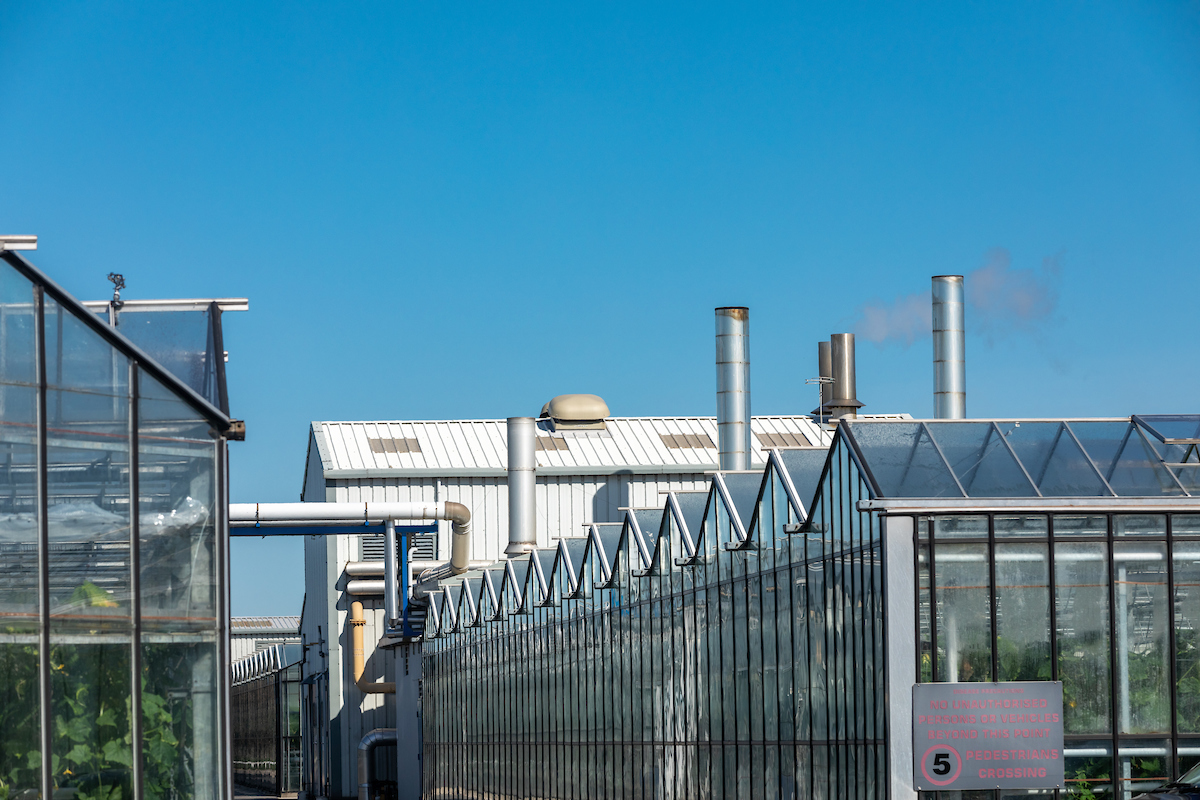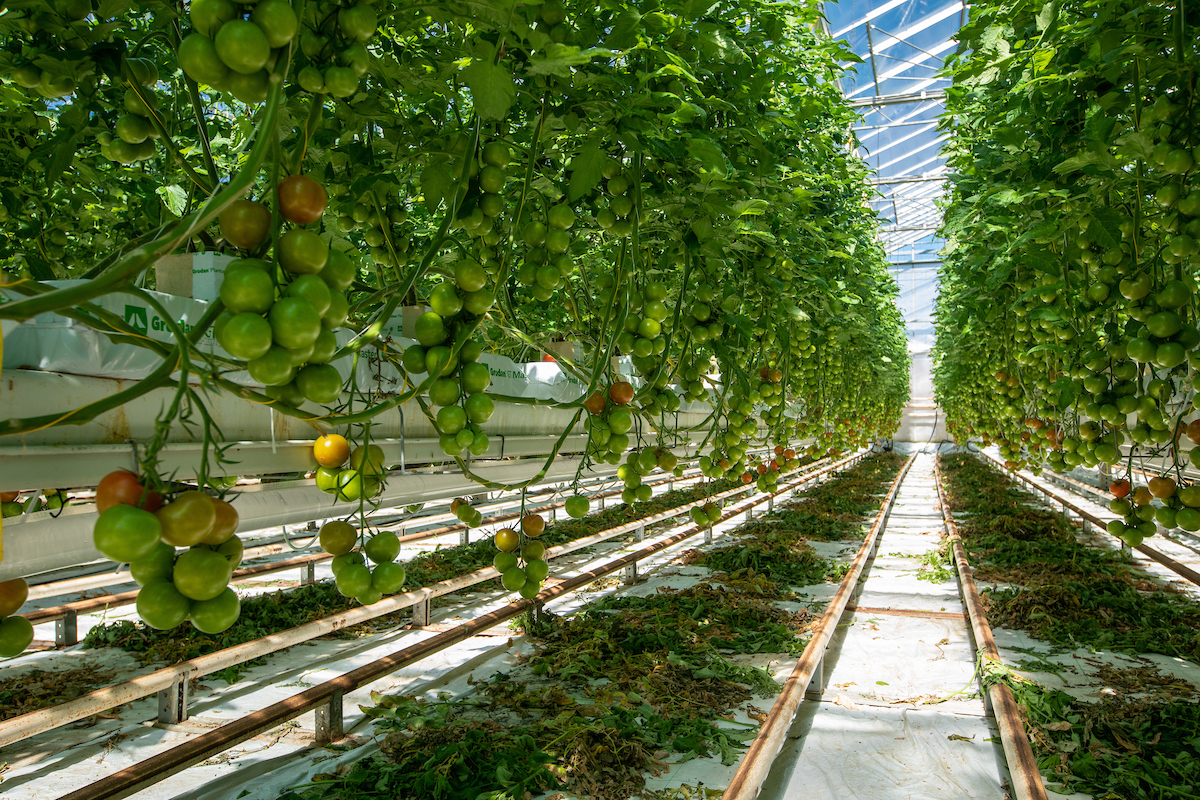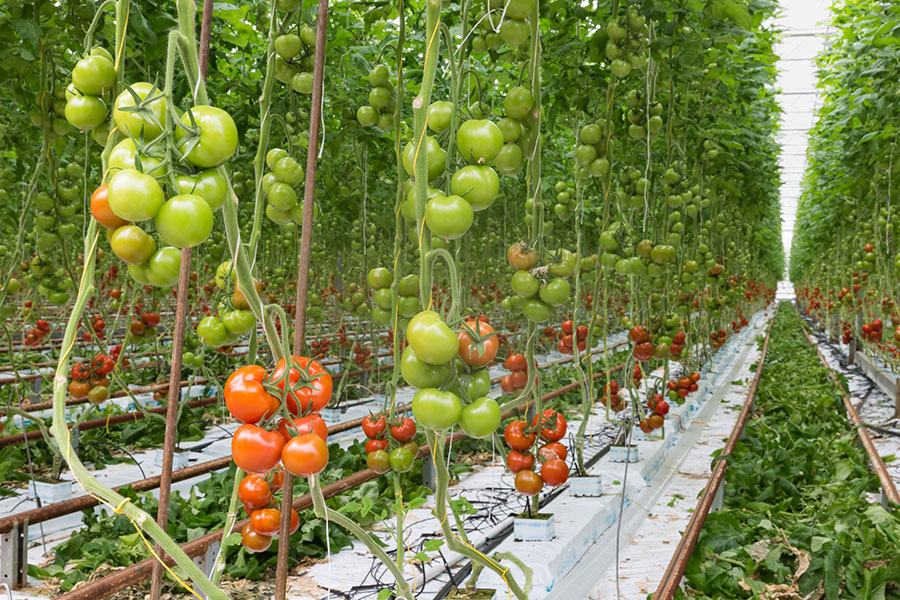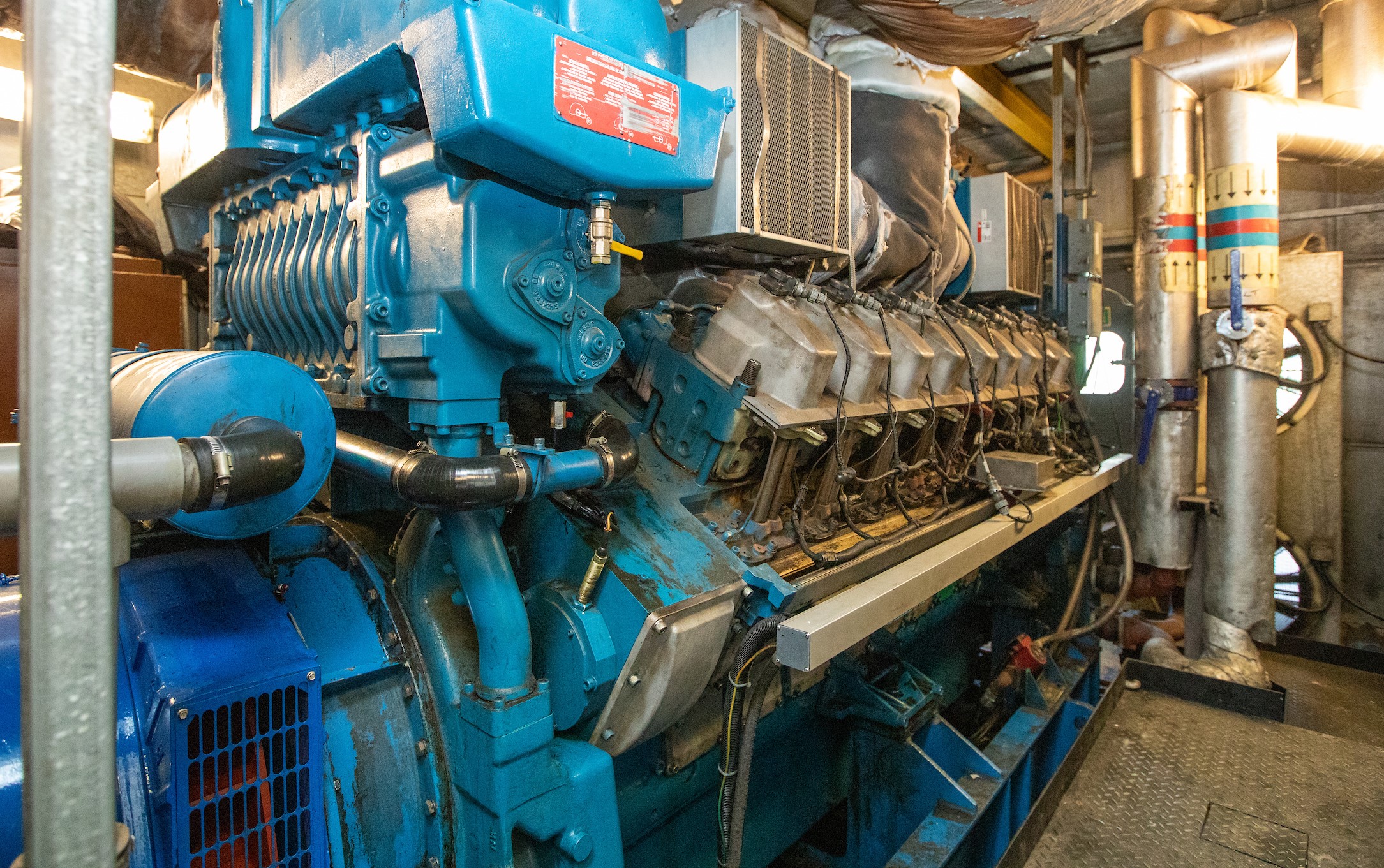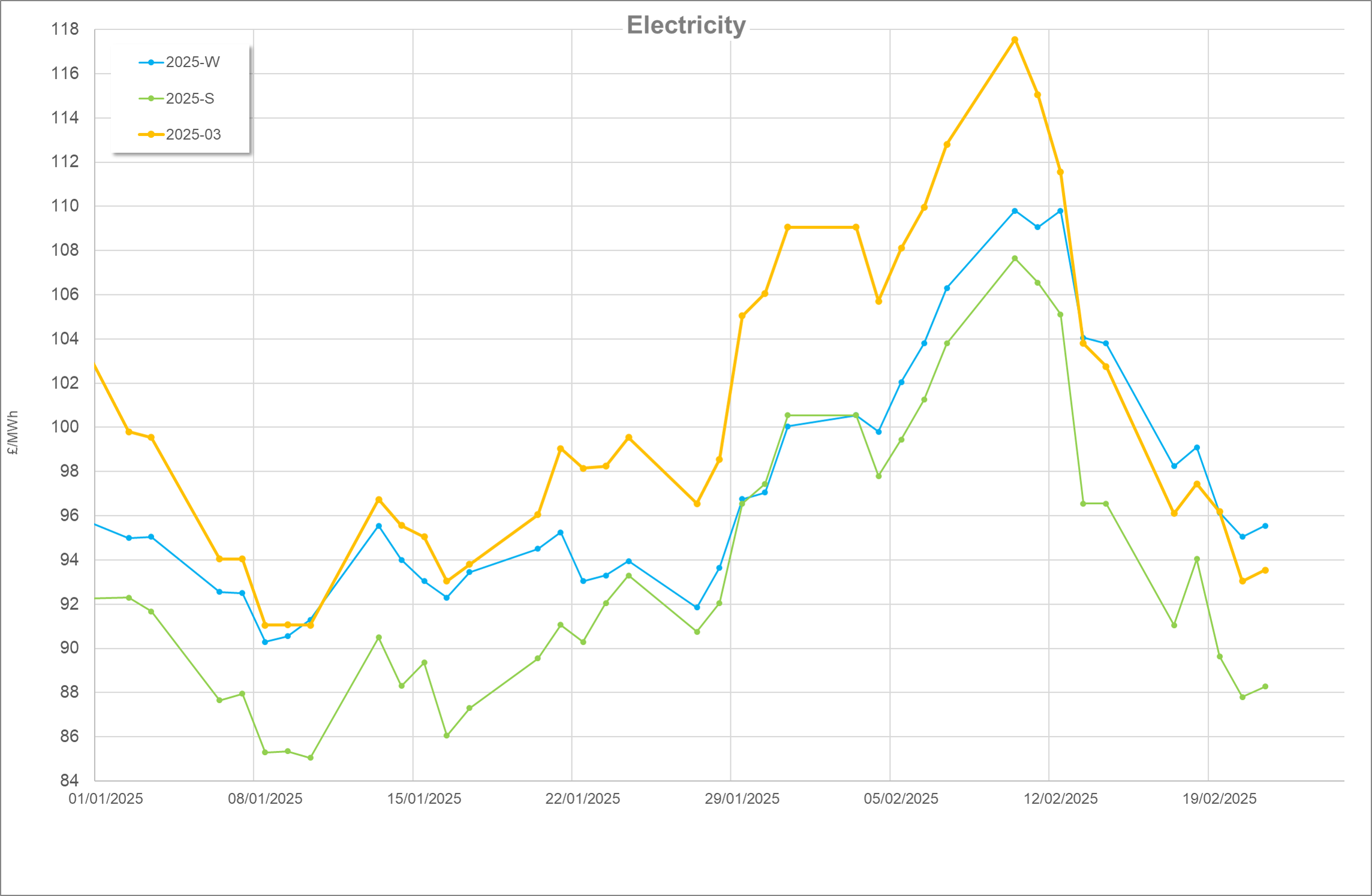Carbon emissions and Net Zero have become increasingly important talking points across all businesses, with food production gaining particular attention from both retailers and consumers. Naturally, the first step that most businesses take is to calculate their current levels of carbon emissions, to act as a baseline against which improvements can be effectively targeted tracked.
Although several emissions calculation and reporting standards exist, implementing them can be a complex and lengthy process, often requiring the input of a certified professional to produce or sign off on the results. While these standards absolutely have their place, the value proposition is not good for a business just starting on their Net Zero journey, or those who only want to understand their carbon emissions make-up.
To accommodate for this demand and improve uptake in carbon calculations, many ‘carbon calculators’ have been developed. Either online or spreadsheet/program-based tools which take common emissions activity inputs, reference against a database of emissions factors (EFs) and global warming potentials (GWPs), and output equivalent carbon emissions figures.
Emissions Factors (EFs) are variables which describe the intensity of greenhouse gas (GHG) emissions that certain activities produce. For example, the most recent EF for UK transmission grid natural gas is 0.183 kgCO2e/kWh (gross)[1]. This means that for every unit of natural gas used, greenhouses gases are released which contribute to the greenhouse effect in an equivalent amount to 0.183kg of carbon dioxide.
Within the same example, burning natural gas actually releases GHGs in the form of direct CO2, CH4 (methane), and N2O (nitrous oxide). For ease of reporting and comparison, these emissions are assigned a Global Warming Potential (GWP), which describes their contribution to the greenhouse effect relative to 1kg of CO2. This is most frequently done on a 100-year timescale, GWP100. Although there are many GHGs, the most common in horticulture are CO2, with GWP of 1; CH4, with GWP of 30 for fossil-based or 27 for non-fossil-based; and N2O with GWP of 273.[2]
Many of these carbon calculators are free to use and market themselves as ‘aligned’ to one of the standards mentioned previously. However, an underlying issue with this is that the guidance documents tend to be descriptive in nature since no one method can reasonably be applicable across every business. Alongside this, many EFs are updated at least annually, and GWPs are updated every ~8 years, so if active development is not maintained on the tool, the results become outdated.
Additionally, many tools were developed simultaneously and independently. Which leads to different business boundaries, varying levels of completeness in the backing databases, and inconsistency in presentation of results. All of which can be confusing for a user – why would two different tools give two different results using the same data? Which tool, if any, is the most appropriate for me to use?
The most common EFs applicable to companies are produced and released by the UK government departments for Business, Energy & Industrial Strategy (BEIS) and Environment Food & Rural Affairs (DEFRA) annually. These include fuel and energy usage, transport, refrigerants, water, and material usage, etc. However, they do not include any farm-specific practises such as fertiliser use, livestock feed and inoculations, or carbon capture and sequestration. Accounting for some of these practises are described in calculation standards, but EFs can also come directly from research papers or other sources.
This highlights a common drawback to most carbon calculators – a lack of transparency. Since the backing calculations and databases are often intentionally kept hidden, to protect intellectual property and prevent tampering, users cannot easily trace the origin of the EFs and methods used.
One 2019 paper outlined 64 online tools available for their study on Scottish farm-level carbon audits, of which nine were selected for detailed analysis and only three were found to be suitable. At the same time, the NFU performed a study on some of the available tools, of which three were found to be the most suitable. However, although each had strengths and applicability to different agricultural sectors, none of which were found to cover all the requirements.
Ultimately, the purpose of a carbon calculator can be, and often is, misunderstood. They are designed to be the lowest common denominator, a quick and cheap method to estimating carbon emissions for a business. Their usefulness is greatest either as a first step baseline estimate to understand highest areas of emissions in a business, or when they are used in the same way for the same business in subsequent years, tracking an emissions trajectory.
It is easy to get caught up in how ‘accurate’ a tool is, missing the point of the calculation entirely. Without constant direct measurement of GHG intensity in the air, soil, materials, and crop that a business uses, carbon emissions calculations are always an estimate. There will never be a tool which reflects any business’ emissions with 100% accuracy.
The three tools highlighted by the NFU were the Cool Farm Tool, the Farm Carbon Calculator, and Agrecalc. Each of these would be a good place to make a start. Development is continuously underway on sector-specific tools, which may give a more accurate result for your business. However, adopting a wait-and-see attitude to engaging with carbon calculations may leave you behind the curve.
[1] BEIS & DEFRA UK Government GHG Conversion Factors for Company Reporting – 2022
[2] IPCC Sixth Assessment Report – 2021-2


